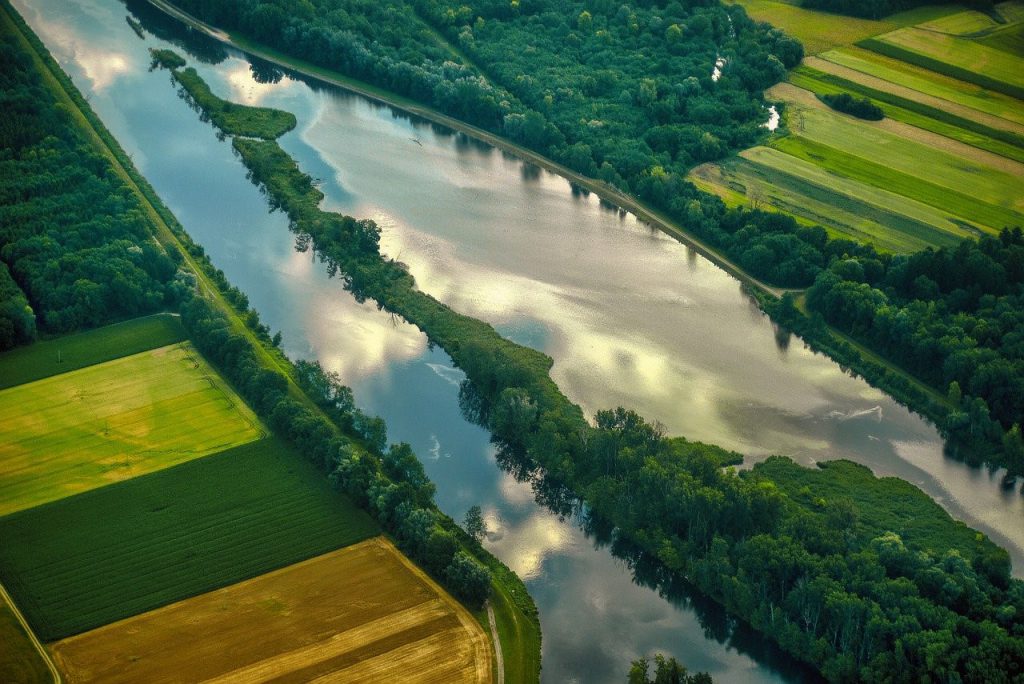APPLICATION OF THE ENERGY ROTATION TURNED RIGHT AND LEFT IN VASTU
The widely held thesis, in which a house built according to the principles of Vastu, should be positioned only in the places with the slope towards the North, towards the East or in the plain, has caused much confusion and lack of understanding in the circle of architects and people interested in the science of Vastu.

It is important to understand that the fundamental principles of Vastu have universal validity, but that in practical application, local conditions must be taken into account and included in planning. Proper understanding of these principles allows us to construct a building in harmony with the laws of nature on all sides including the slopes facing South and West and on the plains.
There are basically two types of energetic conditions in a place, represented by the so-called left and right rotation. Depending on the direction of rotation certain principles are applied. The direction of the energy rotation is determined by various geographical factors: from the direction of the slope of the land, from running or stagnant waters and from the position with respect to the equator.

This knowledge that takes into account the rotation to left and right as well as the geographical conditions of the place was an important aspect of Vedic architecture which, over time, has been lost. Many teachings of Vastu consider one of the single variant and it is propagated as the only correct one. Since the choice of the energy rotation turned to the right is mainly represented in the European area, this restrictive interpretation has severely limited the possibilities of applying the architectural teachings of Vastu and it has also denied access to many seriously interested people.
Another aspect that is taken into account in the Vedic culture, and also in the plans of Dr. Prabhat Poddar, are the magnetic grids. This is the phenomenon of natural radiation present on and around the globe.
All over the world it is possible to observe ancient buildings constructed taking into account the surrounding environment, or rather the geographical conditions. This demonstrates the obvious differences between the applied principles, which we also take into account in our work.
Nature works holistically. It has a large variety of rules to which you can possibly adapt. Why shouldn’t this also apply to Vastu? From a logical point of view, the theory that holds that inhabitants and settlements can only achieve happiness and prosperity on land with a certain type of slope is not understandable.
The functioning of the subtle energy system of human beings (Nadis) can be understood with the help of the Lecher antenna. It offers us the opportunity to observe the body’s reaction to the characteristics of a building. As Dr. Prabhat Poddar’s ten-year research shows, the results of these observations confirm the application of energy rotations turned to the right or left in the Vastu.
